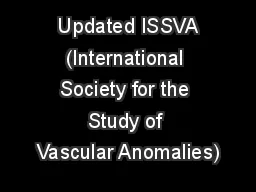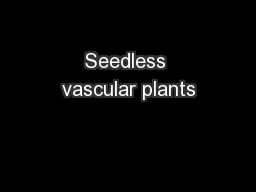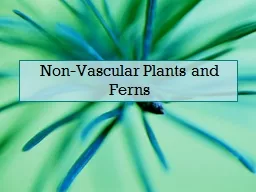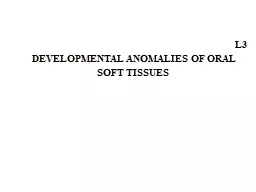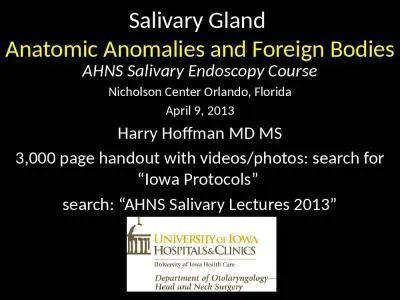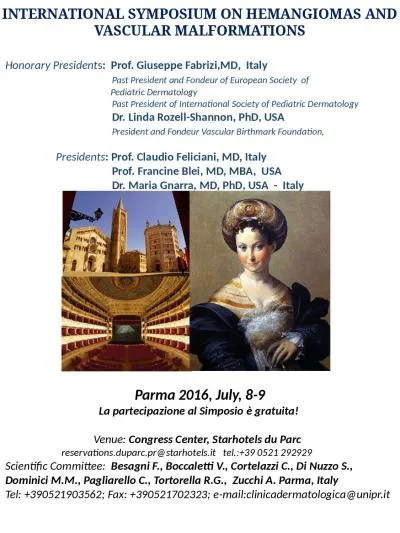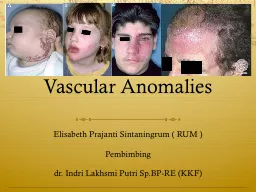PPT-Updated ISSVA (International Society for the Study of Vascular Anomalies)
Author : celsa-spraggs | Published Date : 2020-04-02
Department of diangosis imaging Childrens Hospital 2 Classification of vascular anomalies INTRODUCTION Vascular anomalies are among the most common congenital abnormalities
Presentation Embed Code
Download Presentation
Download Presentation The PPT/PDF document " Updated ISSVA (International Society fo..." is the property of its rightful owner. Permission is granted to download and print the materials on this website for personal, non-commercial use only, and to display it on your personal computer provided you do not modify the materials and that you retain all copyright notices contained in the materials. By downloading content from our website, you accept the terms of this agreement.
Updated ISSVA (International Society for the Study of Vascular Anomalies): Transcript
Download Rules Of Document
" Updated ISSVA (International Society for the Study of Vascular Anomalies)"The content belongs to its owner. You may download and print it for personal use, without modification, and keep all copyright notices. By downloading, you agree to these terms.
Related Documents

